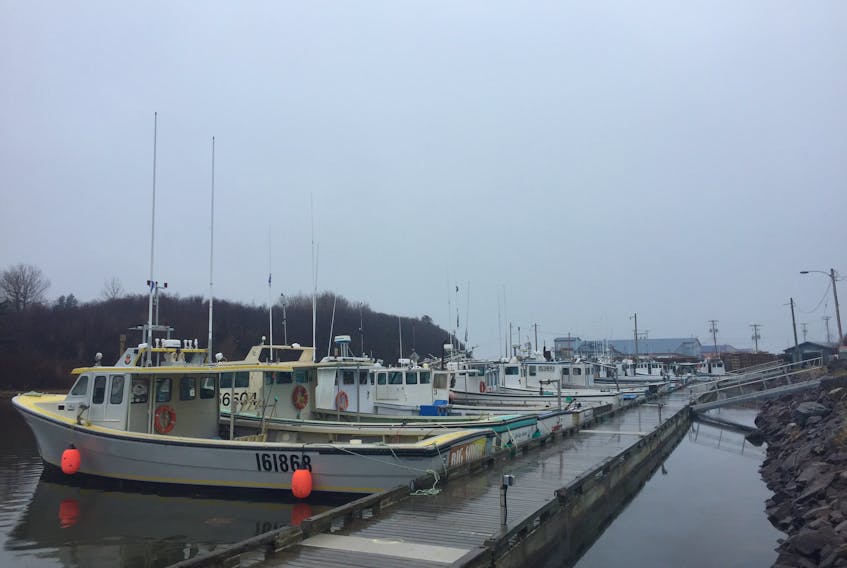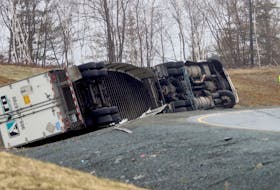An audit of Fisheries and Oceans Canada management is calling out the federal department for not adequately safeguarding aquatic species.
Oceana Canada released its Fisheries Audit 2019 on Wednesday, which analyzes government research and management measures put in place on 194 ocean species off Canada’s coasts.
It found that 17 per cent of these fish stocks (primarily Atlantic groundfish species) are in the critical zone, 15.5 per cent are in the cautious zone, 29.4 per cent are considered healthy and federal managers don’t have enough scientific information to gauge the health 38.1 per cent of stocks.
“This means fisheries are being managed with incomplete information for more than a third of Canada’s fish stocks,” reads the report.
“It is impossible to assess or verify the appropriateness of fishery management decisions in the absence of key data or reference points.”
Canada’s new Fisheries Act, which came into effect in June, mandates the federal regulator develop rebuilding plans for stocks in the critical zone – meaning that its population is so low that its reproductive ability is severely impaired.
It also enshrines steps that must be taken by the federal government to protect a stock when it reaches the critical zone
The push for the changes, which were hailed by both scientists and conservation groups like Oceana Canada, was based on concerns with ministerial discretion. Historically, it was up to the fisheries minister to decide whether to shut down fishing or an industrial project that could impact the habitat of an threatened specie.
“You don’t want the fisheries minister making politically motivated decisions,” said Aaron MacNeil, Canada Research Chair in Fisheries Ecology and an associate professor at Dalhousie University.
“The cod collapse is the classic example. (Former Fisheries minister) John Crosby eventually admitted that he knew the cod would collapse but he couldn’t close the fishery down for political reasons.”
But in order to have those automatic responses – like shutting down a fishery – you first need good estimates on how many fish there are now, how many would be there if the stock were healthy and at which point does the population get so low that’s its future existence is threatened.
Then you need estimates on how directed fishing, bycatch, natural mortality and changing environmental and predation pressures are currently and will in the future affect that stock.
And then you need a recovery plan with solid targets.
Only 19 per cent of the 194 stocks had estimates of mortality caused by fishing and 13.4 per cent had natural mortality estimates.
Even species like Northern cod – which prior to the moratorium was the backbone of the Newfoundland and Labrador economy- still doesn’t have a recovery plan.
The Fisheries Act is new and armed with $100 million to implement its requirements Fisheries and Oceans is working to develop recovery plans.
Bob Rangeley, Oceana Canada’s science director, considers the new Act “progress” but cautions his organization’s audit shows the need for significantly more scientific work.
“Having recovery plans doesn’t mean fish stocks will come back but if you don’t set reference points when to back off fishing mortality you are kind of shooting in the dark,” said Rangeley.
For its part Fisheries and Oceans Canada isn’t providing interviews until a new minister is appointed in the wake of the federal election.









